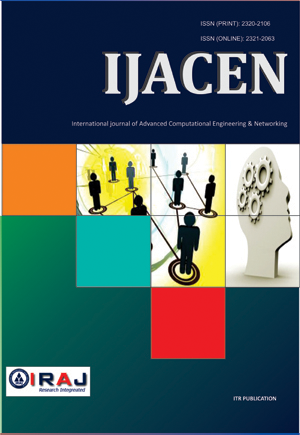Publish In |
International Journal of Advance Computational Engineering and Networking (IJACEN)-IJACEN |
 Journal Home Volume Issue |
||||||||
Issue |
Volume-5, Issue-1 ( Jan, 2017 ) | |||||||||
Paper Title |
The Efficiency of Using Different of Learning Algorithms in Artificial Neural Network Model For Flood Forecasting at Upper River Ping Catchment, Thailand | |||||||||
Author Name |
Tawee Chaipimonplin | |||||||||
Affilition |
Department of Geography, Faculty of Social Sciences, Chiang Mai University, Thailand | |||||||||
Pages |
40-44 | |||||||||
Abstract |
This paper presents the result of exploration the efficiency of 12 learning algorithms; Levenberg-Marquardt (LM), Bayesian Regularization (BR), BFGS Quasi-Newton (BFG), Resilient Backprogagation (RP), Scaled Conjugate Gradient (SCG), Conjugate Gradient with Powell/Beale Restarts (CGB), Fletcher-Powell Conjugate Gradient (CGF), Polak-Ribiere Conjugate Gradient (CGP), One Step Secant (OSS), Variable Learning Rate Gradient Descent (GDX), Gradien Descent with Momentum (GDM), Gradient Descent (GD) in artificial neural network model by forecast flood at 6 and 12 hour in advances. In addition, to compare the algorithms performance, different number of hidden nodes by 1, 50%, 75% and 100% of the number of input variables and selecting input variables with different input determination techniques; Cross correlation (C), Stepwise regression (S), Genetic algorithms (G) and combination between C and S (CS) are included in this study.In conclusion, LM and BFG are the best algorithm for flood forecasting at 6 butfor 12 hour is only BFG with different input variables and number of hidden nodes as the maximum of R2 value are 0.99 and 0.97 respectively. Index terms- Artificial neural network, Upper River Ping, Flood forecasting, Thailand | |||||||||
| View Paper | ||||||||||